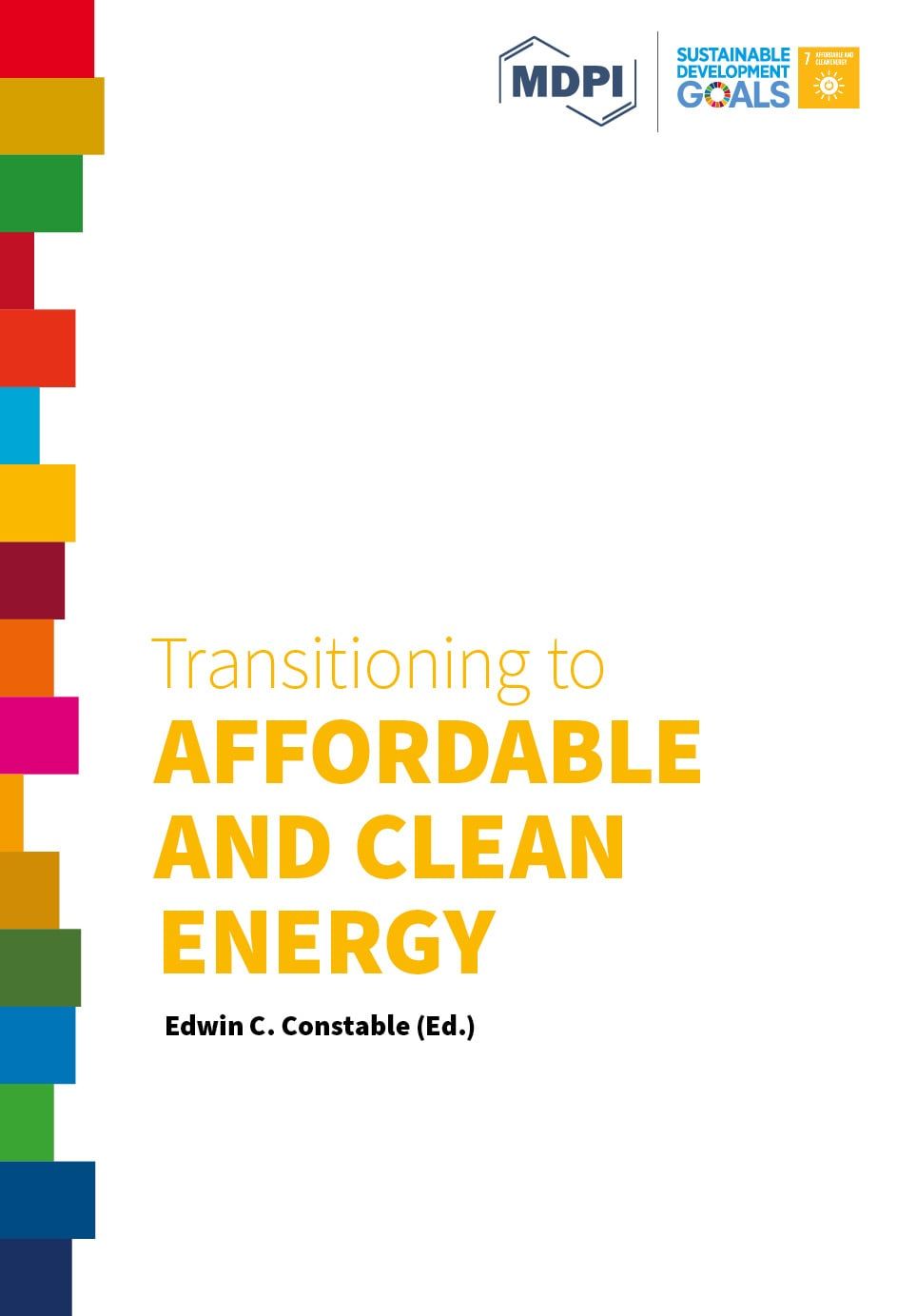Clean Energy Transition Challenge: The Contributions of Geology
The transition from fossil fuel-dominant energy production to so-called carbon-neutral sources has been identified as an important new challenge seeking to address climate change. Climate change, specifically global warming, is presently considered as being intimately related to carbon dioxide (CO2) emissions, especially those of an anthropogenic origin. The issue of CO2 emissions of an anthropogenic origin from the combustion of fossil fuels remains rather controversial, due to the following main reasons: other greenhouse gases (GHGs) such as methane (CH4) produce a more negative environmental effect than CO2, and natural causes such as the sun and volcanic activities also play an important role. In addition, an important part of CO2 emissions is unrelated to energy production, but concerns other industries such as chemical and cement production. Furthermore, it should be stated that there still exists considerable disagreement in climate models and scenarios used by the UN Framework Convention on Climate Change (UNFCCC). A workable and viable strategy towards the production of clean energy must include the capture and storage of CO2 as one of the main targets in the energy and climate binomial strategy, despite facing criticism from some environmental organizations. The contribution of geology is not only related to the need of carbon capture and storage technologies, as already admitted in the Paris Agreement, but also to the exploitation of mineral raw materials essential to build renewable energy equipments, and, ultimately, to the underground energy storage associated to hydrogen energy production.
